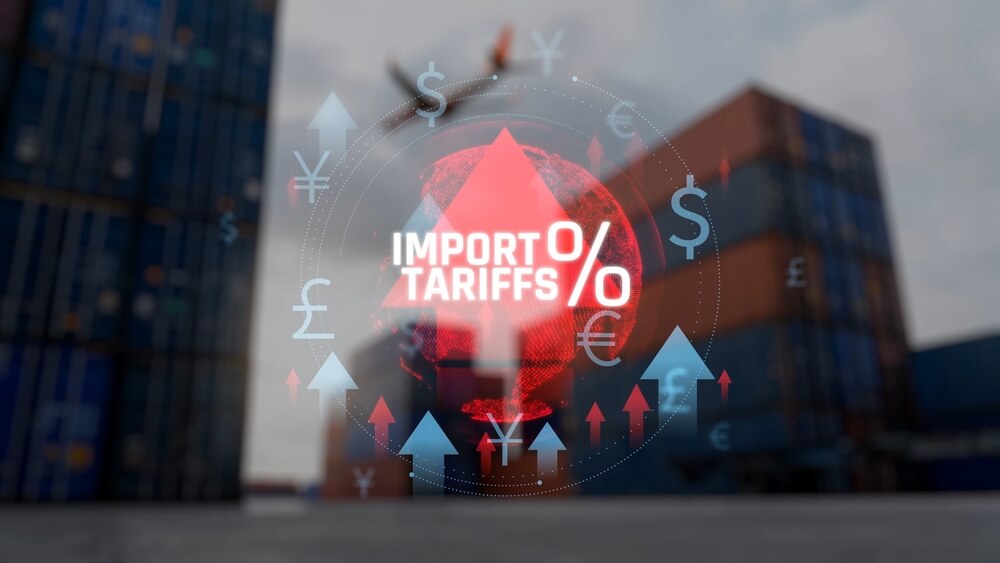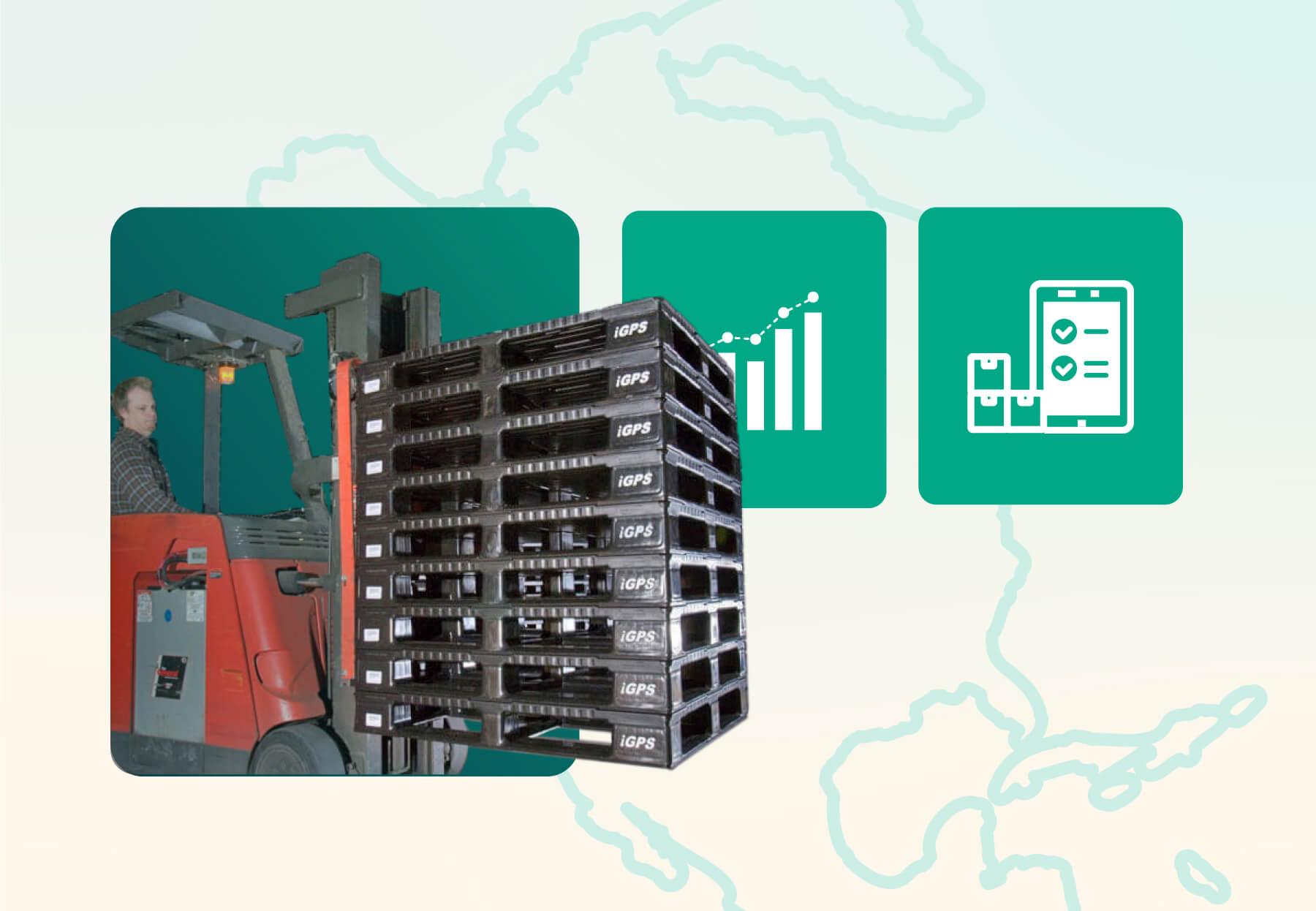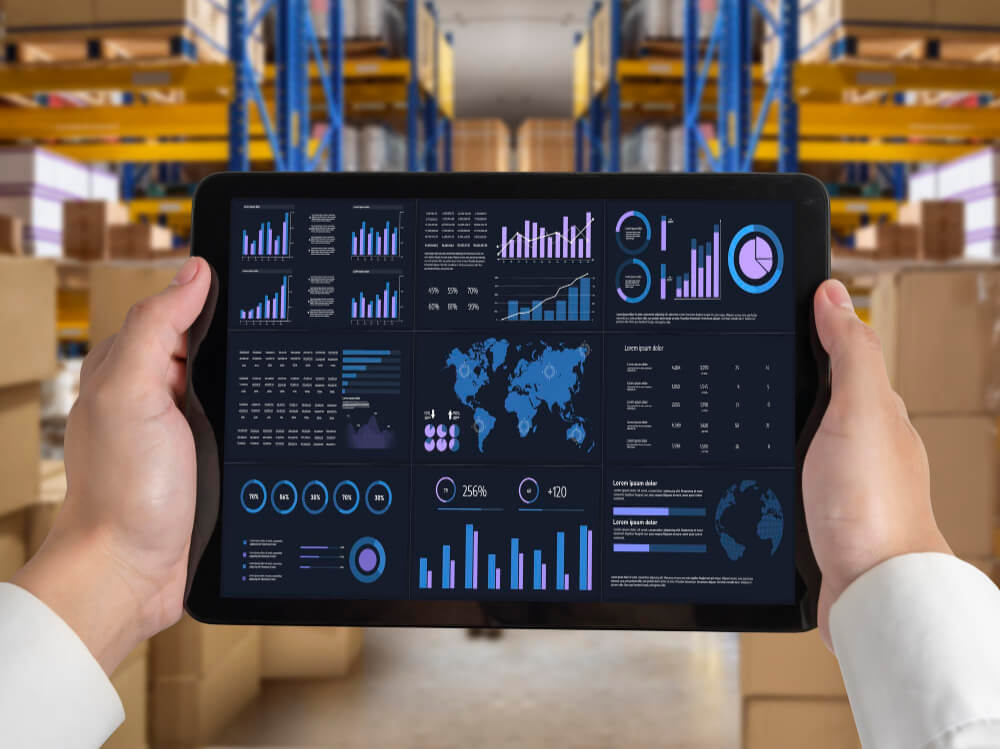Key Takeaways
- Tariffs are a policy tool designed to promote domestic industries and encourage innovation.
- The implementation of tariffs can ripple through supply chains and influence market dynamics in numerous ways.
- Tariffs are a type of tax placed on imported goods, such as raw materials and products.
- Past tariffs, such as those enacted in 2002 and 2018, have had significant impact on supply chain resilience and operations.
- Potential benefits of the current tariff environment can include enhanced domestic production and innovation, and increased supply chain resilience and diversification.
- Potential challenges include higher costs and unpredictability.
- The organizations poised to best thrive in a tariff environment will employ strategies that enable them to be flexible, agile, and responsive to industry changes.
Global trade is built on the idea that countries exchange goods and resources in ways that are mutually beneficial, including raw materials, agricultural commodities, and finished products. Governments use a variety of policy tools, including trade agreements, subsidies, and quotas, to influence how goods are imported and exported.
These policy tools are used to promote domestic industries, to encourage innovation, and sometimes to exert pressure in ways that help achieve policy aims. Of these, tariffs are among the most widely recognized and misunderstood. Their implementation can ripple through global supply chains in ways that heavily influence sourcing strategies and market dynamics.
To understand how tariff policies are influencing supply chains both here in the United States and around the world, it helps to step back and understand what they are, how they work, and what history tells us about their impact.
How Tariffs Work
A tariff is essentially a type of tax placed on imported goods. When a commodity, such as steel or soybeans, is shipped across a border, a government may levy a fee on the importer based on the item’s type and quantity. The goal can vary; tariffs can protect domestic industries by making imported products more expensive in comparison to locally produced alternatives, or they can be used as leverage in trade negotiations to push trading partners to adopt or change certain policies.
A tariff does not operate in a silo. Once such fees are imposed, they influence pricing throughout the breadth of the supply chain. For example, importers may decide to charge more for a material, and this cost will then need to be absorbed by the manufacturer and ultimately the end consumer. Companies with a global footprint may need to reevaluate supplier networks and transportation modes as well as make pricing adjustments that may potentially change their distribution and customer acquisition strategies.
How Tariffs Have Reshaped Supply Chains
History offers numerous examples of tariffs having a lasting impact on the supply chain. A frequently cited example is the U.S. steel and aluminum tariffs enacted in 2002. The tariff plan was aimed to support struggling U.S. steel makers, who were facing pressure from lower-priced imports. In the years leading up to the implementation of the tariffs, more than 30 steelmakers had filed for bankruptcy. While some steel producers saw short-term stabilization as a result of the policy, many manufacturers in industries that use steel, such as the automotive industry, experienced higher raw material costs. Supplier relationships changed and logistics networks were reconfigured. The steel tariffs, which were originally meant to be in place until 2005, were lifted after just over a year, but the example demonstrated how even tariffs that target one or two industries can trigger rapid operational change across the supply chain.
Another example occurred during U.S.-China trade tensions taking place in 2018. Tariffs on hundreds of billions of dollars’ worth of goods boosted government revenues but led many companies to diversify sourcing away from China to other nations with manufacturing operations, such as Mexico and India. These maneuvers required companies to evaluate new suppliers, establish new transportation routes, and adjust to new legal and regulatory frameworks. While supply chain diversification can strengthen resilience and redundancy, it also demands significant time and resources.
The Current Tariff Landscape: Pros and Cons
In 2025, the new presidential administration expanded tariffs, including sector-specific tariffs as well as blanket tariffs enacted or proposed against certain trading partners. These tariffs are intended to strengthen domestic manufacturing capacity, reduce reliance on foreign suppliers in critical technology efforts, and reduce the U.S. trade deficit. From a supply chain perspective, there are potential advantages to these policies:
- Tariffs encourage domestic production and innovation, enabling U.S. manufacturers to invest in new production capabilities and local jobs while reducing our long-term dependency on global production.
- Companies can also use the tariff environment as a catalyst to diversify their sourcing, which improves supply chain resilience and can minimize disruptions caused by pandemics, port congestion, geopolitical tensions, and natural disasters.
- For critical sectors like semiconductors, the implementation of tariffs can enhance national competitiveness and increase the reliability of the supply chain.
However, both past and current tariff plans are controversial, and the present tariff environment presents numerous potential challenges:
- Tariffs increase the cost of imported materials and components, which forces companies either to absorb the cost, reduce their expenses, or pass the increase along to customers, which results in higher prices at the cash register.
- The need to diversify supply chains in a tariff environment requires due diligence, contract renegotiation, and sometimes physical facility construction. These transitions require time and energy and can also increase costs.
- In industries that thrive on predictability, a tariff environment — especially one that is rapidly shifting due to policy changes, industry pushback, and legal intervention — can make long-term planning more cumbersome.
Looking Ahead — The Importance of Agility
Many organizations are responding to the current tariff environment by building increased flexibility and agility into their supply chains. Strategies can include the implementation of nearshoring and flexible manufacturing, maintaining higher stockpiles of inventory, and building more redundancy into their operations.
Regardless of which political party holds office, importers, manufacturers, and supply chain managers should be prepared for tariffs to be employed as a tool of trade policy. As global supply chains become more technologically advanced and strategically important, governments throughout the world are taking a more active role in shaping their movements.
The good news is that many businesses are focused on becoming more resilient, more strategic, and more deliberate. The push to diversify, strengthen domestic infrastructure and capabilities, and build improved flexibility into sourcing models has the long-term potential to make the U.S. supply chain stronger and more stable. And while tariffs can add challenging complications, they can also spark helpful innovation.
As we move into the sixth year beyond the Covid pandemic, the industry has proven itself to be nothing if not adaptable, prepared to shift and evolve to counter the unexpected and keep the supply chain continuously moving. Businesses that remain nimble, whether facing tariffs or any other challenge, can maintain their competitive edge.
Frequently Asked Questions
How are tariffs affecting the supply chain?
Tariffs are adding friction to global supply chains by increasing the cost of imported goods and raw materials. These higher costs ripple through production and distribution, often leading companies to adjust sourcing strategies, shift manufacturing locations, or pass expenses to consumers. The result is greater complexity and uncertainty across international trade networks.
Do tariffs increase or decrease supply?
Tariffs generally decrease supply by making imported goods more expensive, discouraging foreign producers from selling in that market. Reduced import volumes can tighten availability, especially for specialized materials or components. Over time, some domestic producers may expand to fill the gap, but in the short term, tariffs tend to limit supply and raise prices.
What are the three main effects of tariffs?
The three main effects of tariffs are higher prices, shifts in trade patterns, and supply chain reconfiguration. Consumers and businesses pay more for imported goods, while trade partners redirect exports to other markets. Meanwhile, manufacturers often rethink sourcing, production, and logistics strategies to manage costs and mitigate the impact of the new trade barriers.
Companies committed to building an ethical, transparent supply chain find that iGPS plastic pallets support those goals through reusable design, RFID tracking, and hygienic, closed-loop pooling. To learn how iGPS can help strengthen your supply chain sustainability and compliance efforts, call 1-800-884-0225, email switch@igps.net, or visit our contact page.



